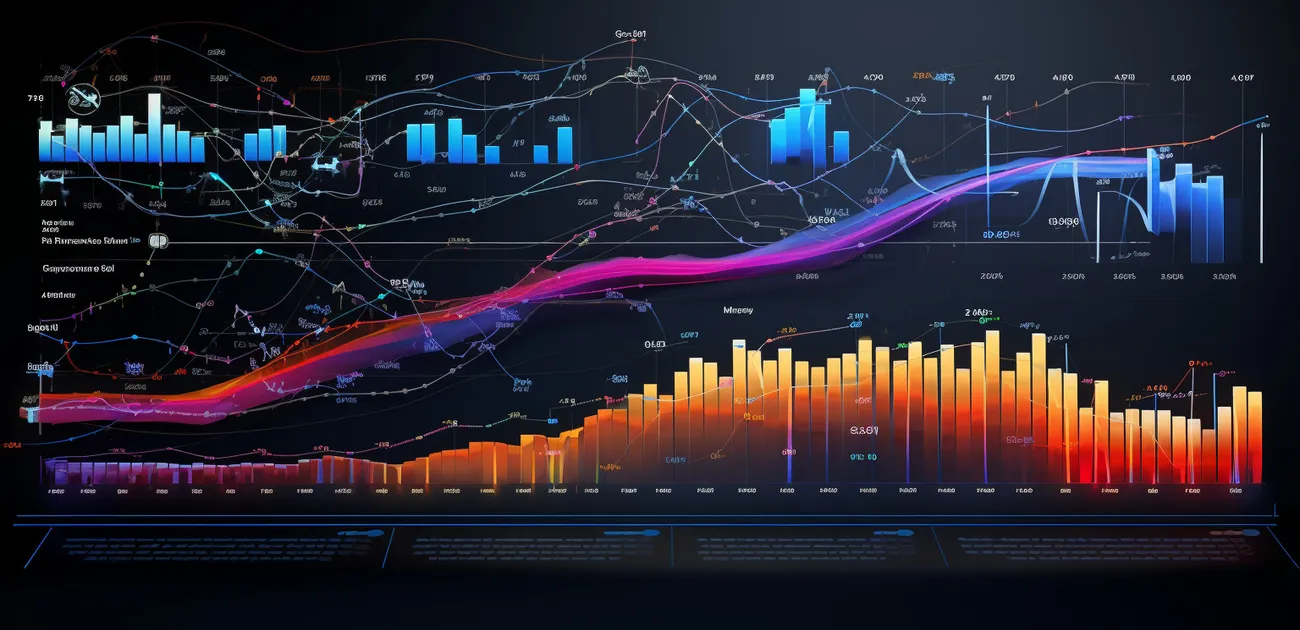Anomaly Detection in Renewable Energy Systems: A Data Science Perspective

Anomaly Detection in Renewable Energy Systems: A Data Science Perspective
Table of Contents
- Introduction
- Understanding Anomaly Detection
- Challenges in Renewable Energy Systems
- Data Collection and Preprocessing
- Traditional Anomaly Detection Techniques
- Machine Learning-Based Anomaly Detection
- Deep Learning Approaches
- Hybrid Approaches
- Case Studies
- Conclusion
Introduction
Renewable energy systems, such as solar and wind power, play a crucial role in our efforts to reduce carbon emissions and transition to a sustainable future. However, ensuring the efficient and reliable operation of these systems presents significant challenges. Anomaly detection, a vital component of data science, offers a promising solution to identify abnormal behavior in renewable energy systems, enabling timely intervention and maintenance. In this blog post, we will explore the application of anomaly detection techniques from a data science perspective and their importance in maintaining the performance and stability of renewable energy systems.Understanding Anomaly Detection
Anomaly detection is the process of identifying patterns or data points that deviate significantly from the norm. In the context of renewable energy systems, anomalies can arise due to various factors, including equipment failures, environmental changes, or cyber-attacks. Detecting these anomalies promptly is crucial to prevent system breakdowns, optimize energy generation, and minimize economic losses.Challenges in Renewable Energy Systems
Renewable energy systems face several challenges that make anomaly detection a complex task. Some of the key challenges include:-
High-dimensional and heterogeneous data: Renewable energy systems generate vast amounts of data from multiple sources, such as weather sensors, power meters, and control systems. This data is often characterized by high dimensionality and heterogeneity, requiring sophisticated techniques to identify anomalies accurately.
-
Seasonal and diurnal variations: Energy generation in renewable systems exhibits distinct patterns influenced by seasonal changes and daily cycles. Anomaly detection algorithms need to account for these variations to avoid false positives and negatives.
-
Limited labeled data: Anomaly detection algorithms typically require labeled data for training. However, obtaining labeled data in renewable energy systems is often challenging due to the rarity of anomalies. Developing effective anomaly detection models with limited labeled data is a critical research area.
Data Collection and Preprocessing
Before applying anomaly detection techniques, data collection and preprocessing are essential steps. In renewable energy systems, data can be collected from various sources, including sensors, SCADA systems, and historical logs. The collected data may contain missing values, outliers, or noise, which need to be addressed through preprocessing techniques like data cleaning, normalization, and imputation.Traditional Anomaly Detection Techniques
Traditional anomaly detection techniques, such as statistical methods and rule-based approaches, have been widely used in renewable energy systems. Statistical methods, such as the Gaussian distribution-based approach, leverage statistical parameters to identify deviations from expected behavior. Rule-based approaches, on the other hand, define specific rules or thresholds to flag anomalies. While these techniques are effective in certain scenarios, they often struggle to handle complex, high-dimensional data and may produce a high number of false positives.Machine Learning-Based Anomaly Detection
Machine learning (ML) techniques offer a powerful approach to anomaly detection in renewable energy systems. ML algorithms can learn patterns and relationships in the data, enabling the detection of subtle deviations from normal behavior. Some commonly used ML-based anomaly detection methods include:-
Supervised learning: Supervised learning algorithms can be used when labeled data is available. They learn from historical data, capturing the patterns associated with normal behavior. However, the effectiveness of supervised learning for anomaly detection in renewable energy systems heavily relies on the availability of labeled data.
-
Unsupervised learning: Unsupervised learning algorithms are widely used in anomaly detection, as they do not require labeled data for training. These algorithms identify outliers or patterns that deviate significantly from the majority of the data points. Popular unsupervised learning techniques include clustering-based methods, density estimation, and autoencoders.
Deep Learning Approaches
Deep learning, a subset of machine learning, has shown remarkable performance in various domains, including anomaly detection. Deep learning models, such as recurrent neural networks (RNNs) and convolutional neural networks (CNNs), can effectively capture complex temporal and spatial patterns in renewable energy data. These models have the potential to detect anomalies with high accuracy and generalize well to unseen data. However, deep learning approaches often require a large amount of labeled training data and significant computational resources.Hybrid Approaches
To overcome the limitations of individual techniques, hybrid approaches that combine multiple anomaly detection methods have gained attention. Hybrid approaches leverage the strengths of different techniques to achieve improved accuracy and robustness. For example, a hybrid approach may combine statistical methods with deep learning models to leverage both the interpretability of statistical techniques and the representation power of deep learning.Case Studies
To illustrate the practical application of anomaly detection in renewable energy systems, let's consider two case studies:-
Solar Power Plant: Anomaly detection techniques can be applied to solar power plants to identify issues such as faulty panels, shading, or suboptimal performance. By detecting anomalies early, operators can take corrective measures to ensure maximum power generation.
-
Wind Turbine Farm: Anomaly detection can help monitor the performance of wind turbines and detect faults or deviations from normal operation. This proactive approach allows for timely maintenance and reduces downtime, maximizing the efficiency of the wind farm.